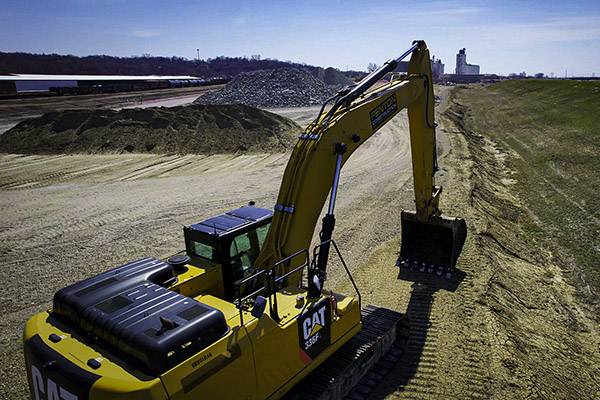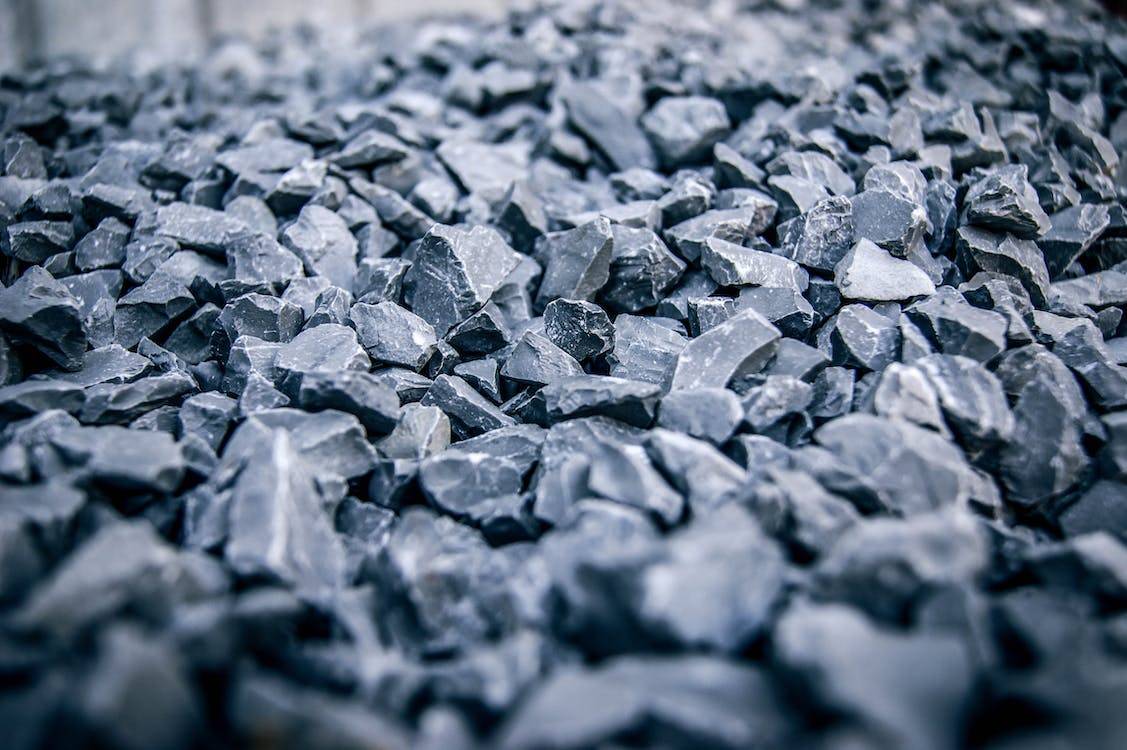


Aggregate supply for construction refers to the provision of various types of aggregates, such as sand, gravel, crushed stone, and recycled materials, that are essential for construction projects. These aggregates serve as the primary components in the production of concrete, asphalt, and other construction materials. Aggregate suppliers mine or extract these materials from natural deposits or process them from recycled sources. They then distribute the aggregates to construction sites for use in foundations, road construction, concrete structures, and landscaping. Reliable and sustainable aggregate supply is crucial for the construction industry, ensuring the availability of quality materials to meet project requirements and facilitate smooth construction operations.
Strength and Stability: Aggregates provide strength and stability to concrete and asphalt mixtures. When mixed with cement or asphalt binder, aggregates create a durable and load-bearing material that can support the weight of structures, vehicles, and equipment.
Cost-Effective: Aggregates are relatively inexpensive compared to other construction materials like cement or steel. Using aggregates as a filler material helps reduce construction costs.
Volume and Bulk: Aggregates make up a significant portion of construction materials by volume. Their use allows for the creation of large quantities of construction material quickly and efficiently.
Workability: Properly graded aggregates improve the workability of concrete and asphalt mixes. They help create a mix that is easier to place, compact, and finish.
Dimensional Stability: Aggregates can help prevent cracking and shrinkage in concrete. They contribute to the dimensional stability of structures, which is important for ensuring that buildings and infrastructure maintain their intended shape and size over time.
Insulation: Lightweight aggregates can be used in certain construction applications to provide insulation properties. These aggregates can help regulate temperature and reduce energy consumption in buildings.
Aesthetics: In decorative concrete and landscaping, aggregates can be exposed to create visually appealing surfaces with various colors and textures.
Environmental Benefits: Using recycled aggregates from demolished structures can be an environmentally friendly way to reduce waste and conserve natural resources.
Drainage: In road construction and landscaping, aggregates are used to create permeable surfaces that allow for proper drainage, reducing the risk of flooding and erosion.
Sound and Vibration Control: Aggregates can be used in acoustic barriers and sound-absorbing materials to mitigate noise pollution. They can also help absorb vibrations in certain construction applications.
Weight Distribution: In some applications, such as in the ballast for railroads or the foundation of bridges, aggregates distribute weight evenly, ensuring stability and preventing settling.
In summary, aggregates are fundamental in construction because they provide structural integrity, cost-efficiency, workability, and a range of other functional and aesthetic benefits to various construction materials and projects. Their versatility makes them an indispensable component of construction across a wide range of applications, from buildings and highways to dams and landscaping.
